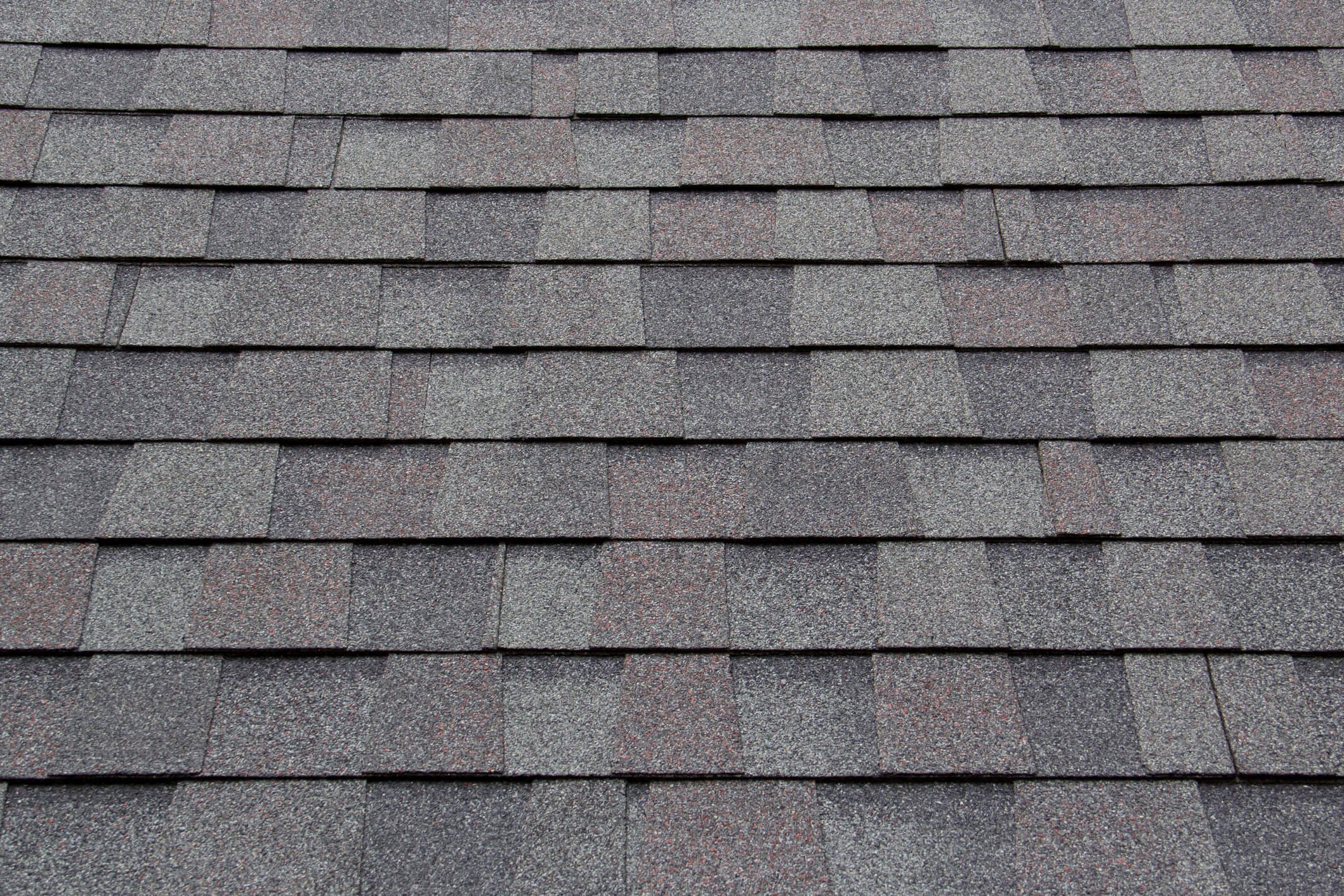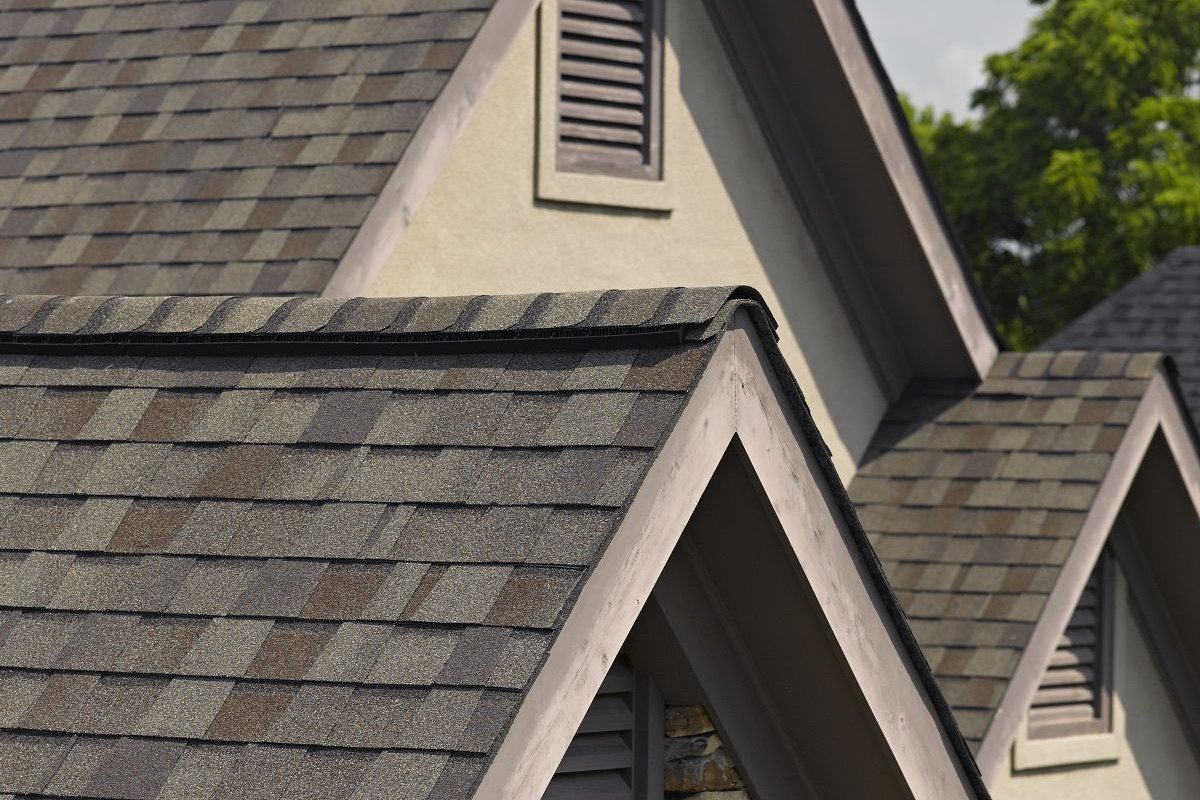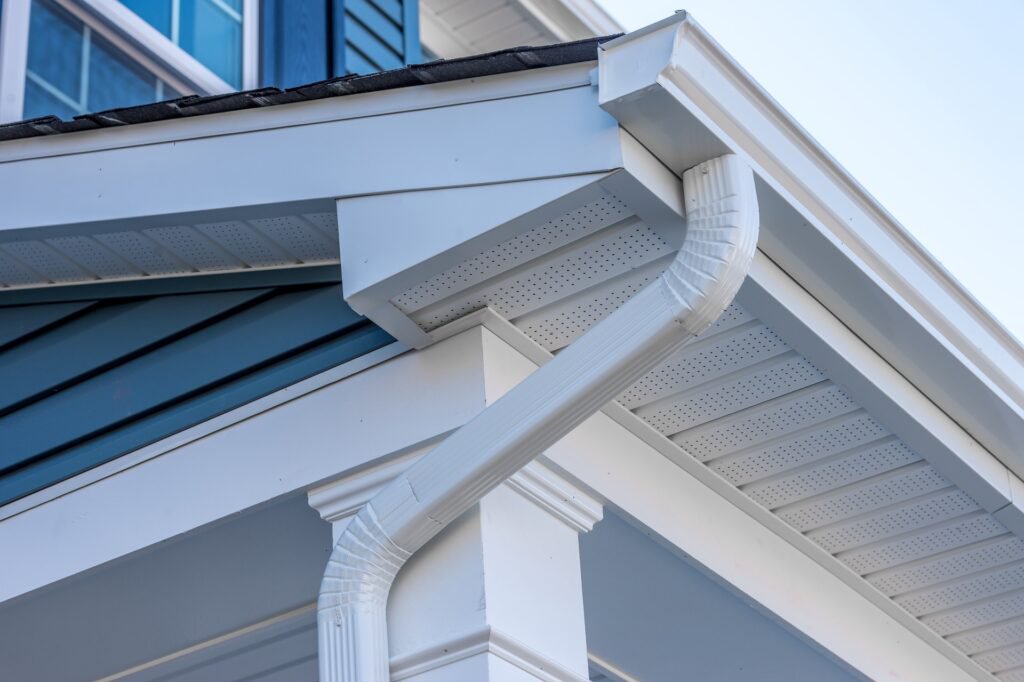Essential Roof Maintenance Frequency for Portland, Oregon Homes
Your roof is arguably the most critical component protecting your home from the elements. In a climate like that of Portland, Oregon, where rain is frequent and moss growth is common, a proactive approach to roof maintenance isn't just recommended – it's essential. Regular upkeep can prevent minor issues from escalating into expensive repairs or premature roof replacement, saving you significant time, money, and stress in the long run. Understanding what needs to be done and how often is key to preserving the integrity and lifespan of your roofing system.
Ignoring your roof can lead to a host of problems, including leaks, structural damage, and reduced energy efficiency. A well-maintained roof, on the other hand, provides reliable protection, enhances curb appeal, and contributes to the overall value of your property. This guide will walk you through the types of maintenance your roof needs and establish a recommended frequency tailored to the specific challenges faced by homes in this region.
Why Regular Roof Maintenance Matters
Think of roof maintenance as preventative healthcare for your home. Just as regular check-ups can catch health issues early, routine roof inspections and minor upkeep can identify and address potential problems before they become major crises. The constant exposure to weather – rain, wind, sun, and temperature fluctuations – takes a toll on roofing materials over time. Without regular attention, this wear and tear accelerates, leading to deterioration.
In Portland, Oregon, the persistent moisture is a primary factor contributing to roof wear, particularly promoting moss and algae growth. These organisms trap moisture against the roofing material, causing it to break down faster. Debris accumulation from surrounding trees, common in many neighborhoods, also holds moisture and can clog gutters, leading to water overflow and fascia damage. Regular maintenance directly combats these local challenges.
Furthermore, scheduling maintenance allows you to stay ahead of potential issues. Catching a loose shingle or damaged piece of flashing early means a simple, inexpensive repair. Discovering a leak after it's caused water damage to the attic or interior ceilings is a far more complex and costly undertaking. Proactive maintenance is always more cost-effective than reactive repairs.
Types of Essential Roof Maintenance Tasks
Effective roof maintenance involves several key tasks, some of which homeowners can perform themselves with caution, while others require the expertise of a professional.
Gutter Cleaning
Clean gutters and downspouts are vital for directing rainwater away from your home's foundation and walls. Clogged gutters can cause water to back up onto the roof, leading to fascia and soffit rot, ice dams in colder months (though less common in Portland, still possible), and water seeping into the walls or foundation.
Tip: Clean your gutters at least twice a year, ideally in late fall after leaves have fallen and again in late spring. Homes surrounded by numerous trees may require cleaning three or four times annually. Ensure downspouts are clear and directing water away from the house.
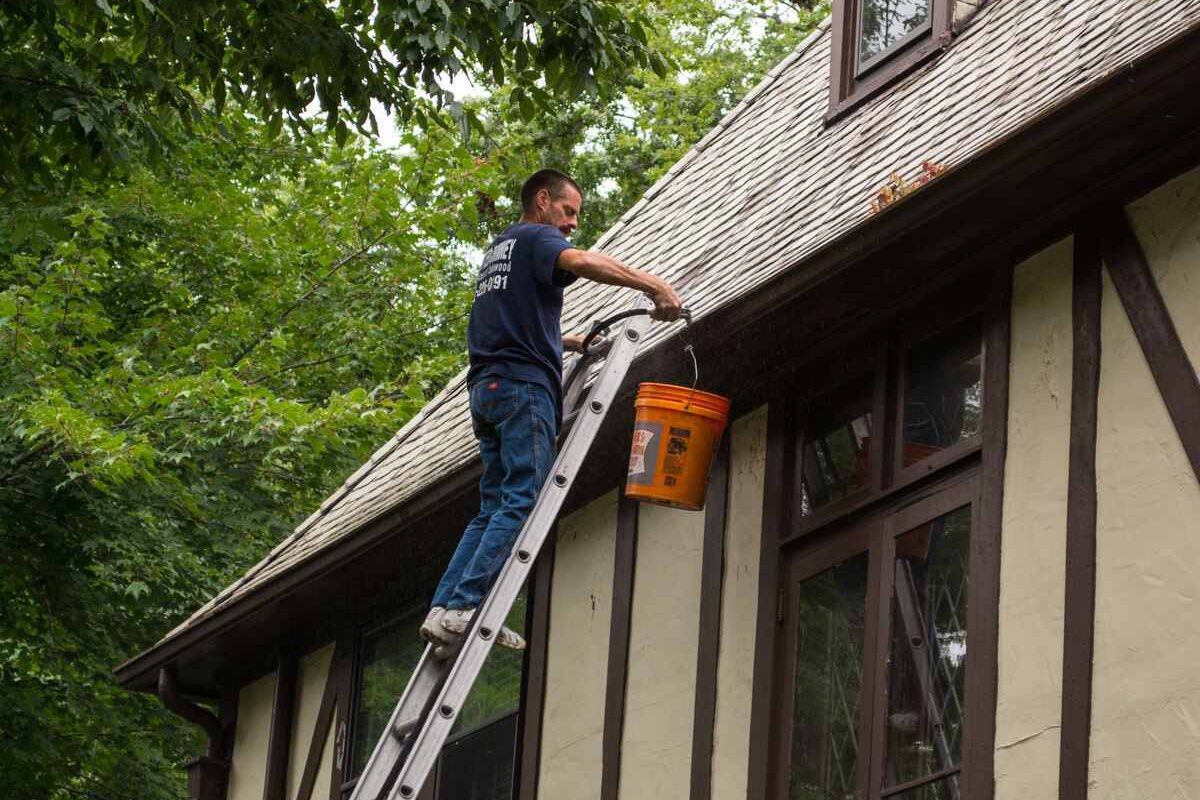
Debris Removal
Leaves, branches, pine needles, and other organic debris can accumulate on the roof surface, especially in valleys, around chimneys, and behind dormers. Like moss, this debris traps moisture, encourages organic growth, and can cause the roofing material underneath to deteriorate.
Important: Safely remove any accumulated debris from the roof surface. Use a soft brush or blower. Avoid using harsh tools that could damage shingles or other components. Be particularly careful on sloped surfaces.
Roof Surface Inspection
A visual inspection of the roof surface is crucial. From the ground or a safe vantage point (avoid walking on the roof if possible unless you are experienced and have proper safety gear), look for:
- Missing, cracked, or curling shingles: These are clear signs of wear or damage.
- Excessive granule loss: Asphalt shingles lose granules over time, but large patches of missing granules indicate significant wear and reduced UV protection.
- Damaged or loose flashing: Flashing around chimneys, vents, skylights, and in valleys is critical for preventing leaks. Ensure it is intact and securely sealed.
- Sagging areas: A sagging roof deck can indicate structural problems or significant water damage.
- Check for popped nails: Nails that have worked their way up can create entry points for water.
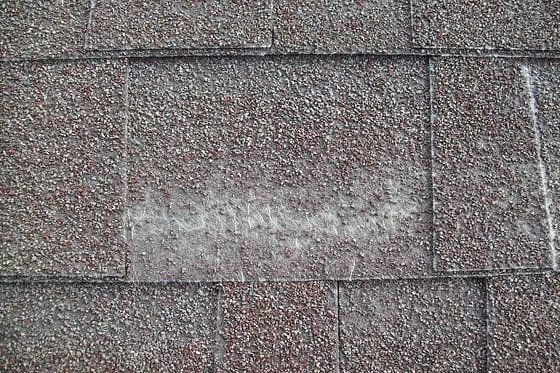
Addressing Moss and Algae Growth
Moss and algae are particularly prevalent on roofs in damp, shaded environments like parts of Portland. While algae (dark streaks) are primarily cosmetic, moss can lift shingles, trap moisture, and cause significant damage over time.
Moss Treatment: Gentle removal and treatment are key. Avoid power washing, which can damage shingles. Products designed to kill moss can be applied, allowing it to dry and be brushed off or wash away naturally. Zinc or copper strips installed near the ridge can help prevent future growth by releasing particles that inhibit moss as rain washes over them.
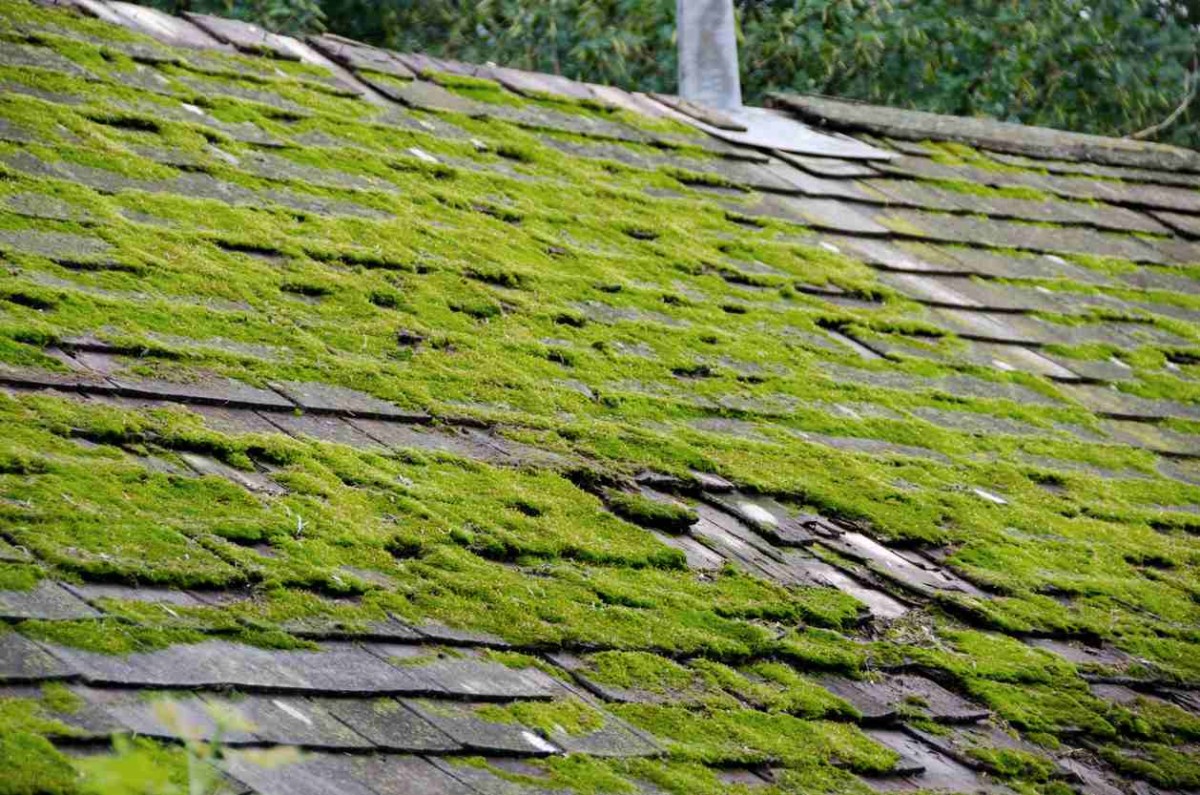
Inspecting Other Roof Components
Don't forget other elements of your roofing system:
- Skylights: Check seals and flashing for any signs of leaks or deterioration.
- Vents: Ensure plumbing vents, attic vents, and furnace vents are intact and properly sealed at the roofline.
- Chimneys: Inspect the chimney structure for damaged mortar or bricks, and check the flashing around its base.
- Soffits and Fascia: Look for signs of water damage, rot, or pest infestations along the eaves.
Attic Inspection (Interior)
Checking the underside of your roof from the attic is a vital part of maintenance. Look for:
- Water stains or streaks: These are clear indicators of leaks.
- Signs of mold or mildew: Suggests excessive moisture or ventilation issues.
- Daylight visible through the roof deck: Points to holes or gaps that need sealing.
- Proper ventilation: Ensure soffit and ridge vents (or other ventilation types) are clear and functioning. Inadequate ventilation can lead to moisture buildup and premature roof aging.
How Often is Roof Maintenance Needed?
The frequency of roof maintenance depends on several factors, including your location, the type of roofing material, the age of your roof, and the proximity of trees. However, a general schedule can be established:
- Annually: A comprehensive inspection is recommended once a year, ideally in the fall to prepare the roof for winter weather or in the spring to assess any winter damage. This inspection should cover all the points mentioned above.
- Seasonally: Perform visual checks from the ground each spring and fall. Spring checks can identify issues from winter storms, while fall checks prepare the roof for increased rain and potential debris accumulation.
- After Major Storms: Following severe weather events, such as heavy rain, strong winds, or hail, a post-storm inspection is crucial to check for damage like missing shingles or damaged flashing.
- As Needed: Gutter cleaning and debris removal may be needed more frequently depending on surrounding vegetation. Moss treatment should be applied as soon as growth is noticeable.
For homes in areas prone to heavy rain and tree coverage, like many parts of Portland, more frequent visual checks and gutter cleaning are highly advisable.
Identifying Signs of Trouble
While regular maintenance helps prevent issues, it's equally important to recognize the signs that your roof may need professional attention.
- Active Leaks: Any water stains on ceilings or walls, or dripping water, indicate a breach in the roofing system. This is an urgent issue.
- Missing or Severely Damaged Shingles: Large areas of missing shingles leave the underlayment exposed to the elements.
- Buckling or Curling Shingles: Can indicate trapped moisture or aging materials.
- Granules in Gutters: A small amount is normal, but excessive amounts mean the shingles are losing their protective layer rapidly.
- Damaged or Loose Flashing: A frequent source of leaks.
- Sagging Roof Deck: A serious sign of structural issues or extensive water damage.
- Higher Energy Bills: Can sometimes be linked to poor roof insulation or ventilation problems.
- Pest Infestations: Birds, squirrels, or insects accessing your attic through roof gaps.
If you notice any of these signs, particularly active leaks or significant storm damage, prompt action is necessary to prevent further damage to your home.
DIY vs. Professional Roof Maintenance
Homeowners can safely handle some basic maintenance tasks, such as cleaning ground-level gutters, removing accessible debris with a rake or blower from the ground, and performing visual inspections from a distance.
However, tasks involving climbing onto the roof, working at significant heights, dealing with steep slopes, or performing repairs are best left to qualified roofing professionals. Roof work can be dangerous, and improperly performed maintenance or repairs can cause more harm than good, potentially voiding warranties or creating new leak points.
Professional roofers have the necessary safety equipment, training, and expertise to safely and effectively inspect, clean, and repair your roof. They can identify subtle issues that a homeowner might miss and have the tools to address problems correctly.
For homeowners in Portland seeking professional help, finding a reliable contractor is key. Whether you need a routine inspection, have identified specific issues, or require emergency repairs, connecting with a vetted local roofer is the next step.
Need an estimate for planning or comparison? Get a quick idea of costs without an in-person visit.
Get your free instant roof estimate
Dealing with a leak or storm damage? Book a professional inspection or repair appointment directly.
Book a roofing appointment
Remember, SkyQuote provides a platform to connect you with pre-vetted local roofing contractors. SkyQuote does not perform the roofing work, inspections, or material sales directly; we simply facilitate the connection and scheduling process.
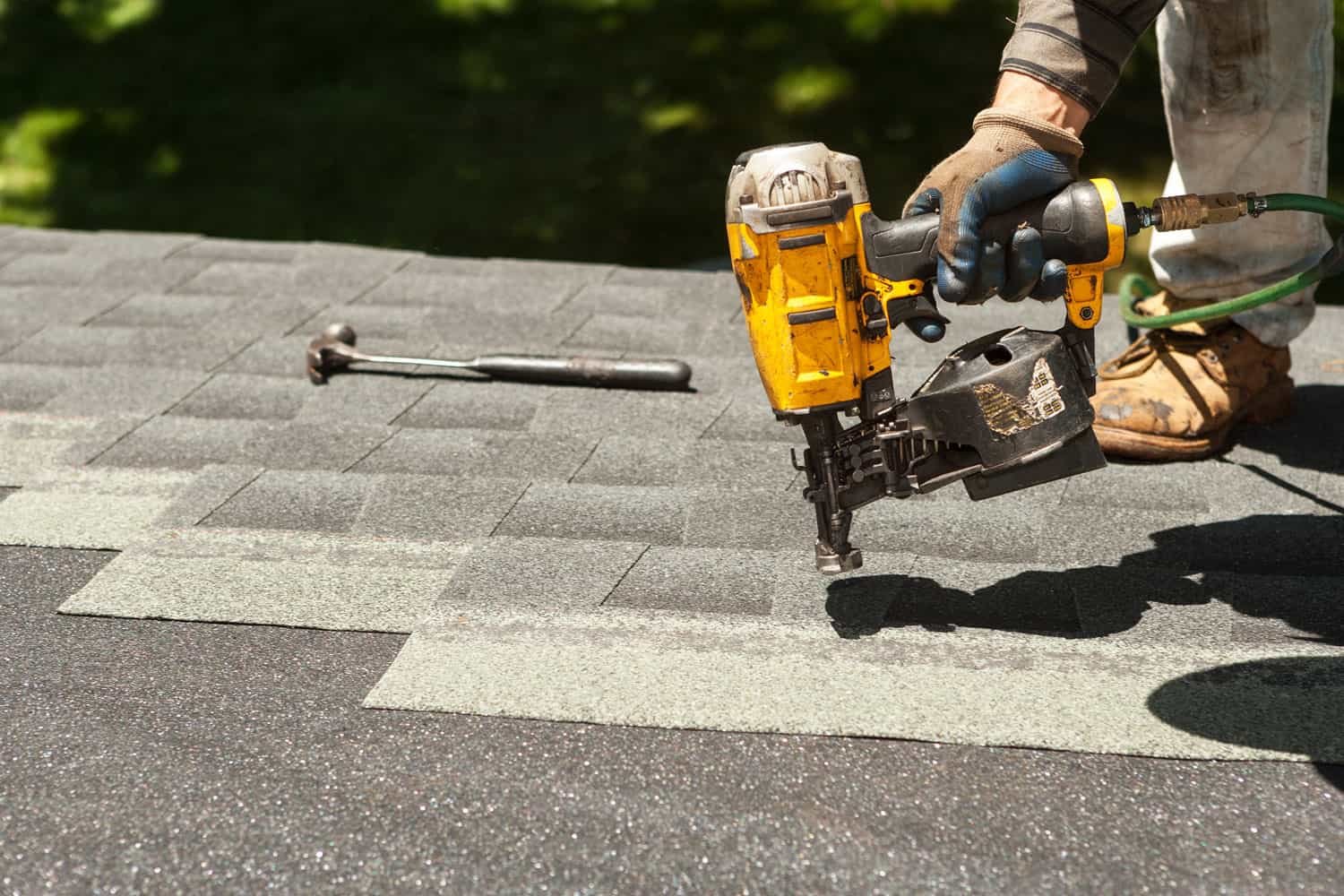
Frequently Asked Questions About Roof Maintenance
Q: How often should I get a professional roof inspection?
A: It's generally recommended to have a professional roof inspection every 3-5 years, or annually if your roof is older than 10-15 years. Always get a professional inspection after major weather events that could have caused damage.
Q: Can I power wash moss off my roof?
A: No, power washing is generally not recommended as it can damage shingles by removing granules, forcing water under shingles, and potentially loosening them. Use approved moss treatment products and a soft brush for removal.
Q: What should I do if I find a missing shingle?
A: This is a repairable issue but should be addressed promptly. If you are comfortable and have the necessary safety equipment, you might be able to replace a single shingle yourself. Otherwise, contact a roofing professional immediately to prevent leaks and further damage.
Q: How long do roofs typically last in Portland's climate?
A: The lifespan varies greatly depending on the material. Asphalt shingle roofs typically last 15-30 years, while metal roofs can last 40-70+ years. Regular maintenance is crucial for achieving the maximum lifespan for any material type.
Q: Is roof maintenance covered by homeowners insurance?
A: Generally, homeowners insurance covers damage from sudden, unexpected events like storms or falling trees. It typically does not cover damage resulting from a lack of maintenance or normal wear and tear. This is why proactive maintenance is so important.
Protecting Your Home's First Line of Defense
Taking the time to regularly maintain your roof is an investment that pays dividends by extending its life, preventing costly damage, and ensuring the safety and comfort of your home. Establish a routine for gutter cleaning, debris removal, and visual inspections. Be vigilant for signs of trouble, particularly after storms.
When you need professional expertise, whether for a detailed inspection, necessary repairs, or planning for a future replacement, knowing where to turn is key. By staying on top of your roof's condition, you protect your property value and ensure your home remains a secure haven for years to come.

